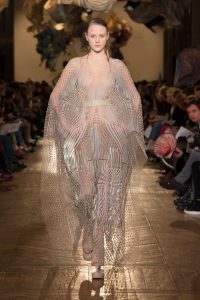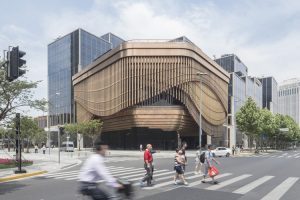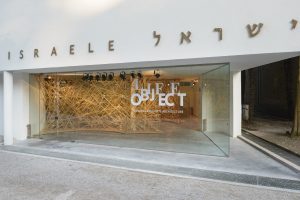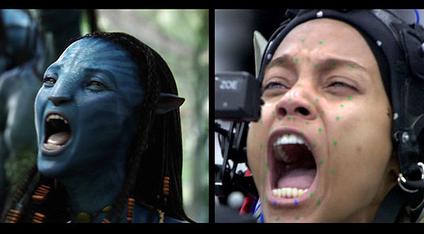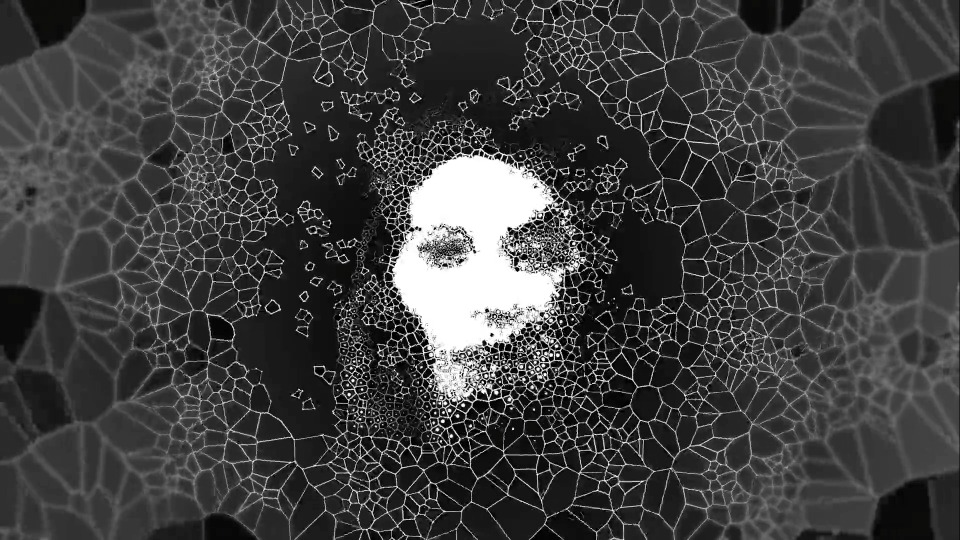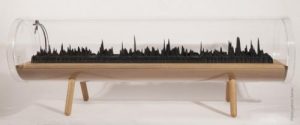Ryoji Ikeda, data.path in Madrid
I really enjoyed Sophie Chen’s Looking Outwards 4, where she talked about computational musical artist Ryoji Ikeda. He specializes in creating sounds based on data and his works are a form of data visualization. In Ikeda’s work data.path, I agree with Sophie’s point that audio and visual perception are intertwined and are integral to each other’s perceptions. I, too, am interested in how the two tie together to create an environment. I am really intrigued by data.path specifically because the darkness of the installation space, paired with the visuals and audio, creates a sense of spatial dimension even when the user is standing still. The lack of light in the space dulls the viewer’s sense of perception and they become more receptive to the audio and visual installation. I am really interested in this experience and I would love to experience it first hand. Ikeda’s work demonstrates the strength audiovisual elements have on the experience and perception of a space, and his work perfectly demonstrates ways computation can be applied to artistic rendering.
![[OLD FALL 2018] 15-104 • Introduction to Computing for Creative Practice](https://courses.ideate.cmu.edu/15-104/f2018/wp-content/uploads/2020/08/stop-banner.png)
